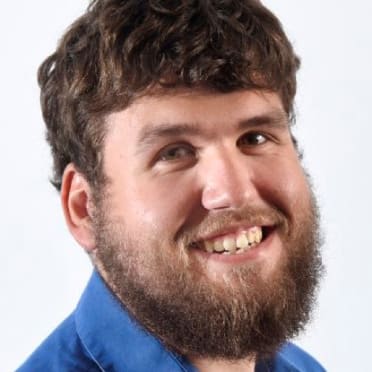Orioles sticking to a Draft strategy that works
The Orioles built their contending team largely through the Draft, leveraging a swath of high picks during lean rebuild years to assemble one of the deepest, most talented organizations in baseball.
The Orioles executed this approach in an extreme way, but it isn’t a novel strategy. They are far from the first organization to try to build through the Draft. But it isn’t easy; many try and fail. What Baltimore did worked because it drafted well -- which is easier said than done.
That job is even harder now that Baltimore doesn’t pick near the top of the Draft anymore, and only time will tell how fruitful an enterprise it remains as the club continues to contend. But the Orioles still draft like the Orioles. The organization established a clear style in Mike Elias’ early Drafts that it remains committed to, as Baltimore wrapped up Day 3 of the 2024 Draft with 10 more picks Tuesday.
2024 Draft presented by Nike:
Draft Tracker | Top 250 prospects
Pick-by-pick analysis: Day 1 | Day 2 | Day 3
Bazzana goes No. 1 | Wake Forest makes history | Mariners nab switch-pitcher | Top 7 Day 1 storylines | Famous family ties | These picks could be new club No. 1's | Picks who could be quickest to bigs | Sons of Manny, Big Papi selected | Complete coverage
What’s so special about an Orioles Draft?
Like all teams, Baltimore has proprietary information, systems and strategies it employs that it feels provides it with an edge in certain areas. That’s not what this is about. This is about the Orioles’ approach to drafting, at least as far as we can infer from the results of their Drafts and the patterns that have emerged over Elias’ 5 1/2-year tenure as the team’s lead executive.
To be clear: What follows isn't official rules or anything. But they do seem to reflect how the Orioles tend to behave when drafting.
Let’s call them Baltimore’s “best Draft practices,” outline a few here and see how they were reflected in the team’s 2024 Draft.
Rule 1: Take college bats early
As an executive with the Astros during their rebuild, Elias learned the higher cost certainty that comes with taking college hitters with high picks, compared to pitchers or younger players who carry more risk. And with one big exception (Jackson Holliday, taken first overall in 2022), he has stuck to that habit, taking a college position player with five of his six first-round picks with Baltimore.
That trend continued this year, as the Orioles made North Carolina outfielder Vance Honeycutt their first-round Draft pick at No. 22 overall, then took a college player with each of their next five selections. Five of those first six picks were college hitters. They didn’t take a pitcher until drafting Auburn righty Chase Allsup in the fourth round, and they didn’t dip into the high school ranks until grabbing North Carolina prep shortstop DJ Layton in the sixth -- and didn’t do so again until taking Florida high school catcher Andrew Tess in the 12th round.
That made this Draft similar to several other recent ones, but most similar to 2021, when the Orioles took college bats with seven of their first eight picks.
Rule 2: Take college arms late
Typically, the Orioles like to balance their bat-heavy early approach by taking a lot of pitching depth in the back half of the Draft. This year was no exception. The O's actually ended up taking more pitchers (11) than hitters (10) because they picked arms with seven of their 10 picks on Day 3, beginning with Louisville lefty Sebastian Gongora in the 11th round.
Baltimore then drafted six more pitchers, most of whom it expects will be signable:
Round 13: Brandon Downer, RHP, California Baptist University
Round 14: Cohen Achen, RHP, Lindsey Wilson College
Round 15: Carter Rustad, RHP, Missouri
Round 17: Iziah Salinas, LHP, Cowley County CC (Arkansas City, Kansas)
Round 18: Michael Caldon, RHP, Felician College (Rutherford, N.J.)
Round 20: Evan Yates, RHP, Cal State Fullerton
Rule 3: No high school hurlers here
It might be surprising to learn that of those 11 pitchers, none came from the high school ranks.
But that is not unusual for the Orioles. They didn’t take a prep arm in 2023, either. They took one in '22, none in '21 and one each in '20 and '19 (out of 41 picks!).
All told, the Orioles have made 132 Draft picks under Elias since 2019. They’ve selected only three high school pitchers. That’s only 2.3 percent of their picks.
High school pitching has always been one of the riskiest demographics in the Draft. When it comes to drafting, the Orioles are all in on mitigating their risk and doing everything they can to ensure their picks hit.
“We had some high school pitchers on the board, but usually, they have college commitments and higher signing bonus demands, so they’re not always as easy to acquire,” Orioles vice president of player development and domestic scouting Matt Blood said. “Sometimes it turns out to be college pitchers are the ones that we take. They also have a little more information and a little more track record, and we feel like we are comfortable with those selections. I wouldn’t say we have a no-tolerance policy. I think it just needs to be the right person in the right spot.”


